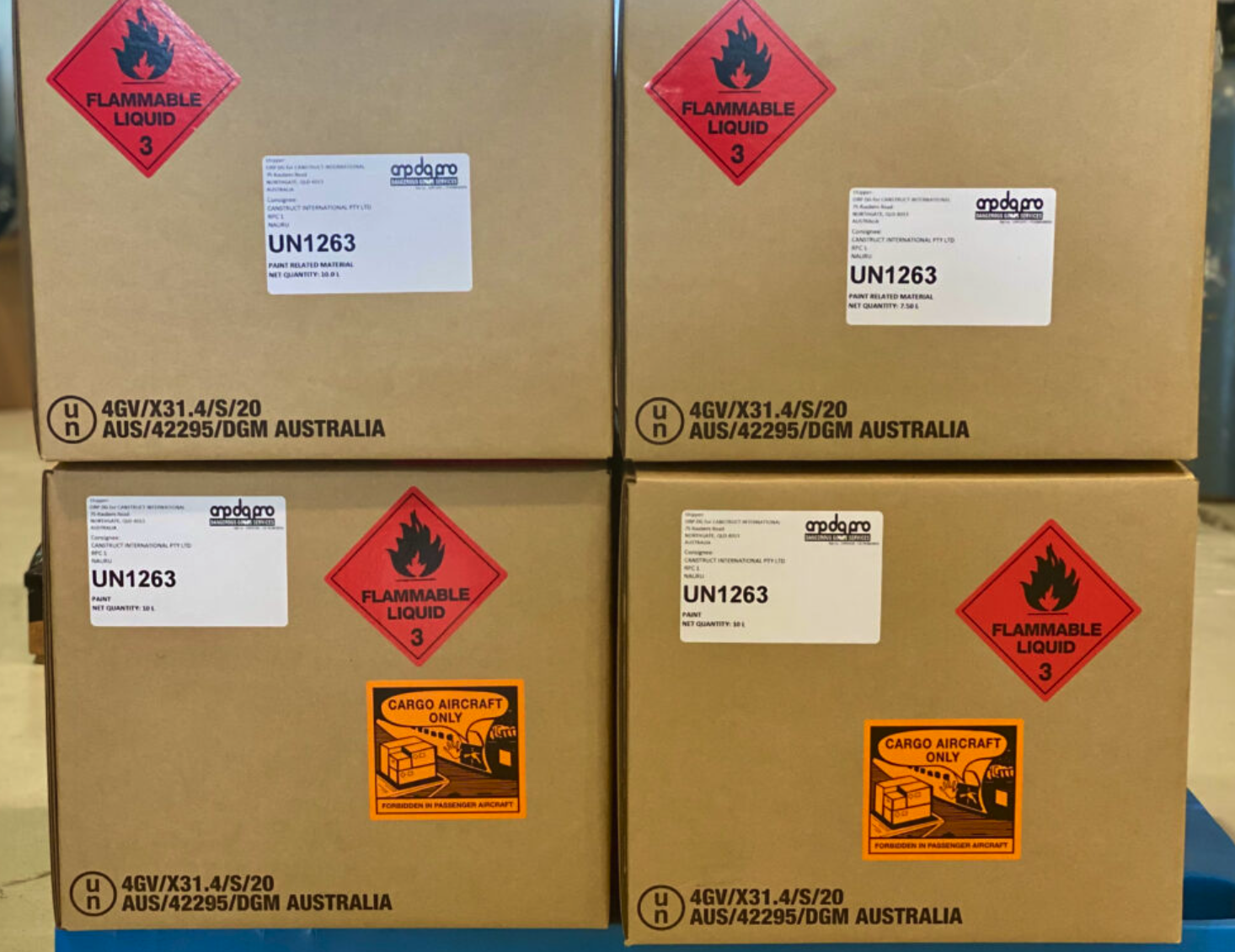Discover common legal risks in the import and export of dangerous goods through real case studies. Learn how to avoid penalties and ensure compliance with customs regulations for hazardous chemicals and materials.

Case 1: Export of Dangerous Chemicals Without Inspection Declaration
In October 2019, a high-tech materials company entrusted a freight forwarder in Shenzhen to declare an export shipment of automotive paints, varnishes, curing agents, and diluents worth a total of $141,227.62 USD. These products were classified as dangerous chemicals but were not declared for inspection to the customs authorities. Upon inspection on October 27th, customs officials imposed a fine of RMB 59,932 on the company in accordance with relevant regulations.
Since the integration of customs and inspection after 2018, customs now uniformly accept customs declaration and inspection. According to Article 15 of the "Law of Inspection of Import and Export Commodities," exporters or their agents must declare goods subject to inspection at designated locations and within specified deadlines set by inspection agencies. In this case, although the export declaration listed four items of dangerous chemicals, the required inspection was not conducted, resulting in the aforementioned penalty. It is crucial for enterprises to note that penalties under inspection-related regulations are often based on the value of goods, necessitating careful attention.
Case 2: Import of Dangerous Chemicals Without Inspection Declaration
In October 2019, a chemical company commissioned a customs broker to declare the import of Diphenylmethane diisocyanate valued at $272,832 USD (equivalent to RMB 1,870,372.49). Sample testing confirmed that the imported goods fell under chemicals listed in the "List of Dangerous Chemicals" (2015 edition), requiring mandatory inspection. However, the company failed to declare these chemicals as required by customs regulations, thus evading inspection. As a consequence, customs authorities imposed a fine of RMB 95,389 on the company.
Under Article 16(1) of the "Regulations on the Implementation of Inspection of Import and Export Commodities," recipients of legally required inspected import goods must present necessary documents such as contracts, invoices, packing lists, and bills of lading to the customs inspection and quarantine agencies at the port of entry. Within 20 days after customs clearance, the recipient must apply for inspection as per Article 18(6) of these regulations. By failing to fulfill these inspection requirements for dangerous chemicals during import, the company violated the aforementioned regulations, leading to administrative penalties by customs authorities.
Case 3: Export of Dangerous Goods Without Packaging Container Identification
A well-known chemical company declared the export of three batches of "emulsion coatings" totaling 25 20-foot containers, weighing 357 tons with 24,892 barrels valued at $995,879.40 USD. On-site inspection at the port confirmed these goods as dangerous goods; however, the company did not provide the necessary packaging container identification for these dangerous goods. Following an investigation, the company admitted to exporting dangerous goods without obtaining the required packaging container identification. Consequently, customs authorities fined the chemical company RMB 60,000.
According to Article 17 of the "Law of Inspection of Import and Export Commodities," enterprises producing packaging containers for export of dangerous goods must apply for performance identification from inspection agencies. Enterprises exporting dangerous goods must apply for use identification of packaging containers from inspection agencies. Dangerous goods using packaging containers without qualified identification are prohibited from export. In this case, the chemical company, as a producer of exported dangerous goods, failed to apply for the necessary packaging container identification to customs, resulting in fines under the "Regulations on the Implementation of Inspection of Import and Export Commodities."
Conclusion
Apart from direct administrative penalties, enterprises must be aware that customs' management of corporate credit has become increasingly stringent in recent years. According to the "Customs Enterprise Credit Management Measures" and related regulations, enterprises with advanced certification will lose their status if fined more than RMB 30,000 within a year for violating inspection and supervision regulations. Similarly, general certified enterprises will lose their certification if fined more than RMB 50,000 within a year. Given that penalties are often based on the value of goods under inspection-related regulations, as seen in the aforementioned cases, fines can easily exceed RMB 50,000, resulting in direct downgrade to general credit status. Enterprises may even face further consequences if fines exceed RMB 1 million, potentially leading to downgrade to untrustworthy enterprises and joint penalties from 29 government departments. Such penalties not only disrupt import-export operations but also severely impact daily business operations, especially for publicly listed companies.
Due to the close link between the import-export and transportation, port, supervision, and personnel safety of dangerous goods and chemicals, regulations are relatively strict. Enterprises are advised to prioritize understanding whether their products fall under dangerous goods or chemicals, the regulatory requirements in production, transportation, import-export, and establish corresponding standardized work mechanisms to effectively prevent legal and safety risks.
